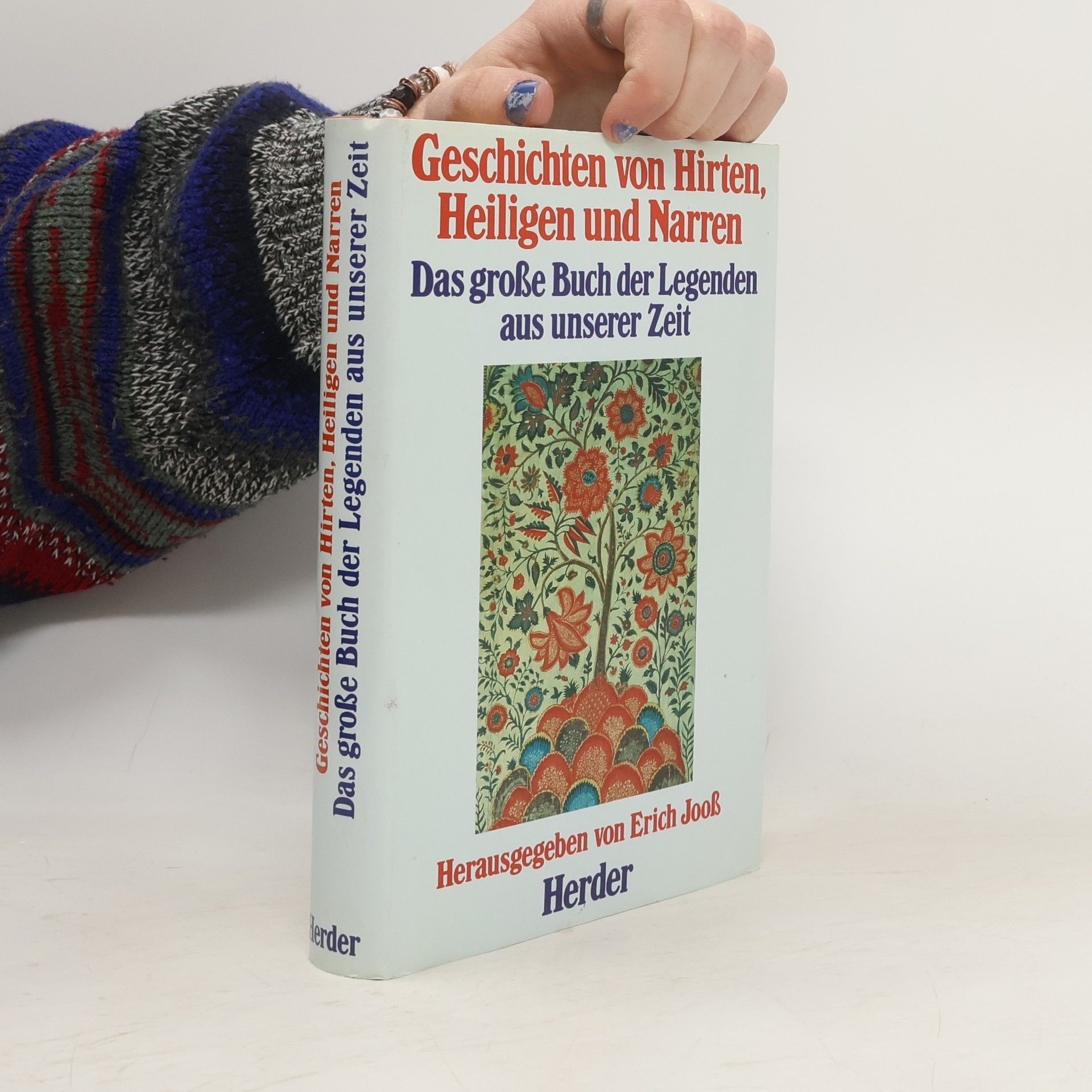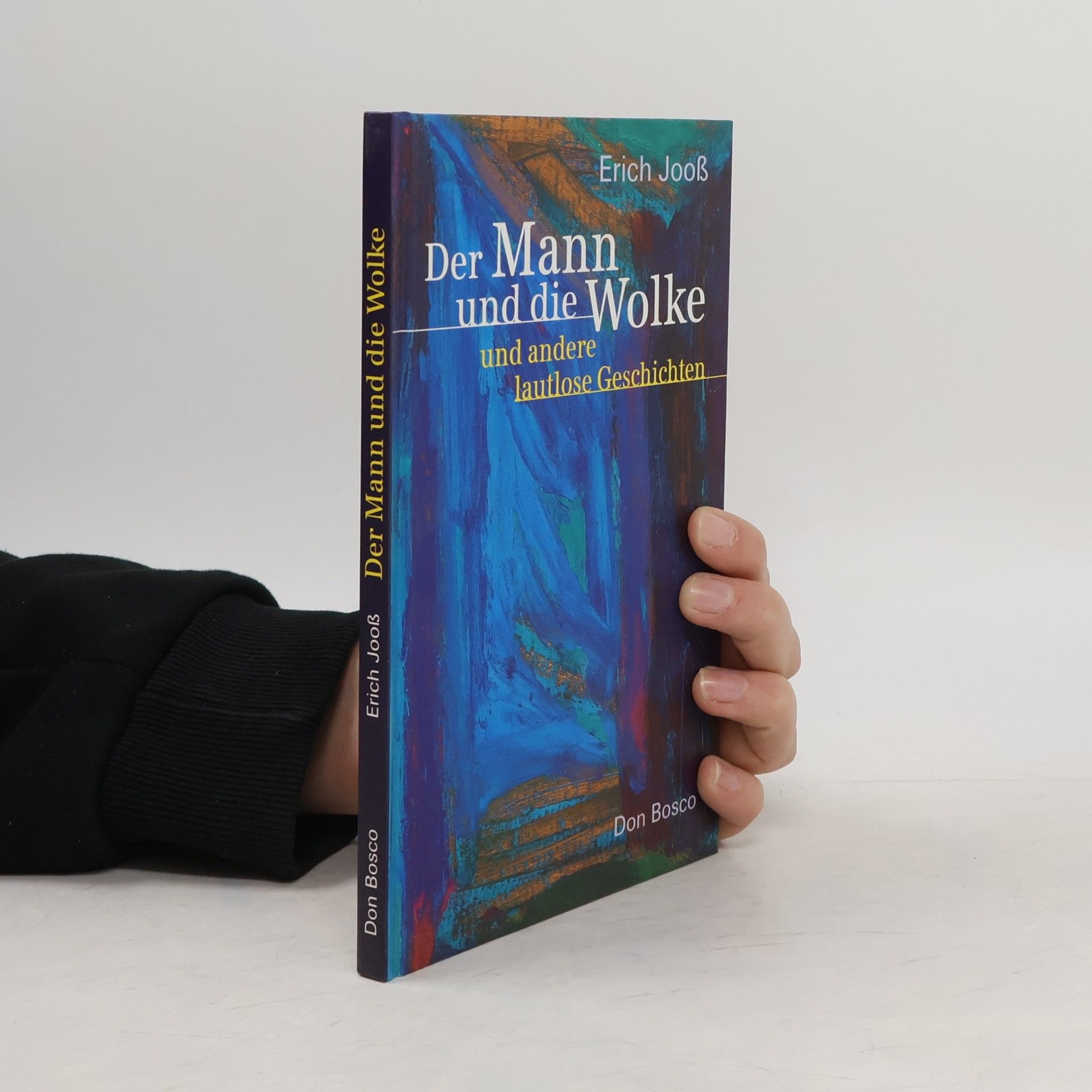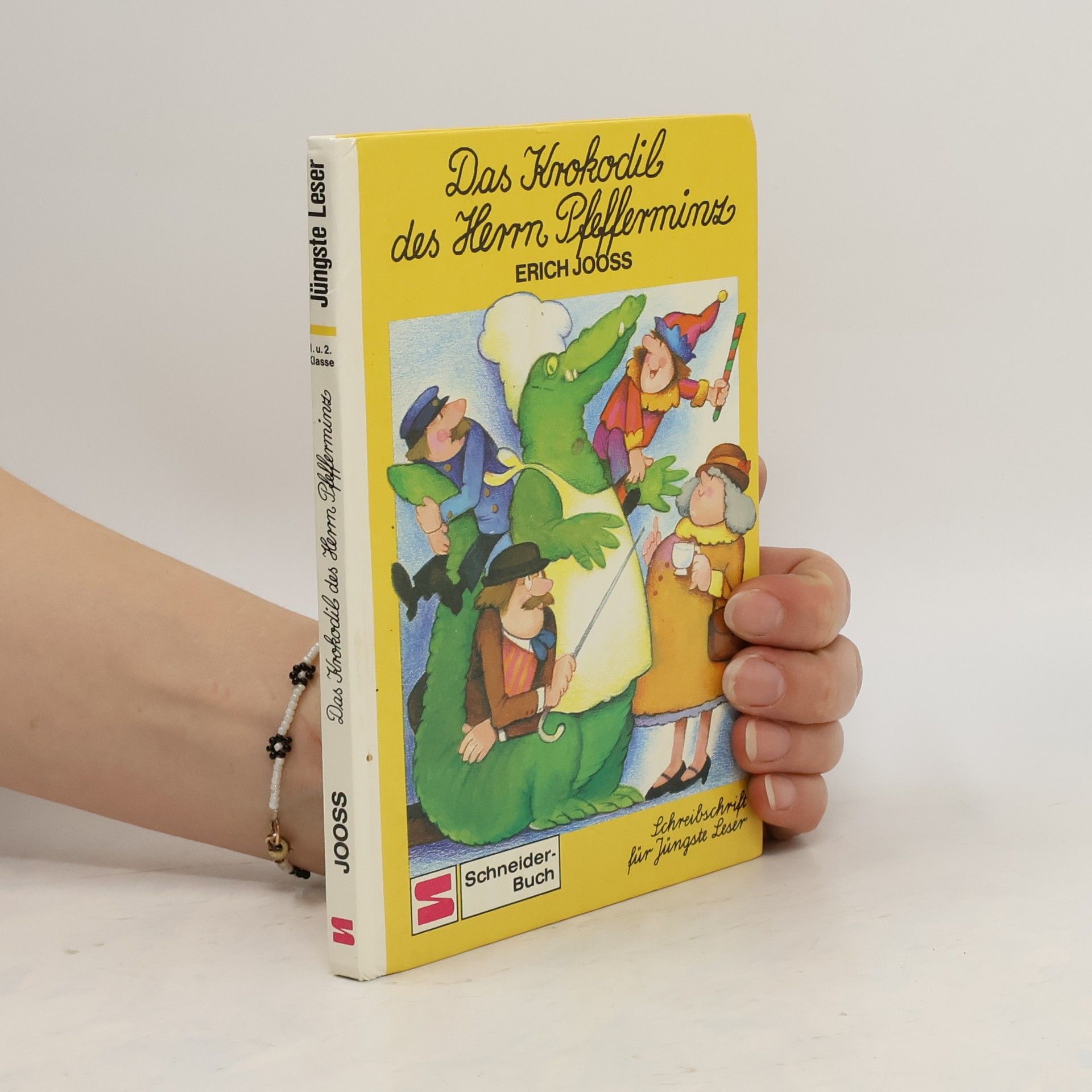Mitten im bitterkalten Winter teilt Martin seinen warmen Mantel mit einem Bettler. Der ist verrückt, meinen viele. Aber Martin kümmert sich nicht darum. Die beliebte Legende des heiligen Martin, der erst Soldat war und später Bischof von Tours wurde. Mini-Ausgabe im Format 11,6 x 12,5 cm.
Erich Jooß Bücher
13. März 1946 – 28. Oktober 2017
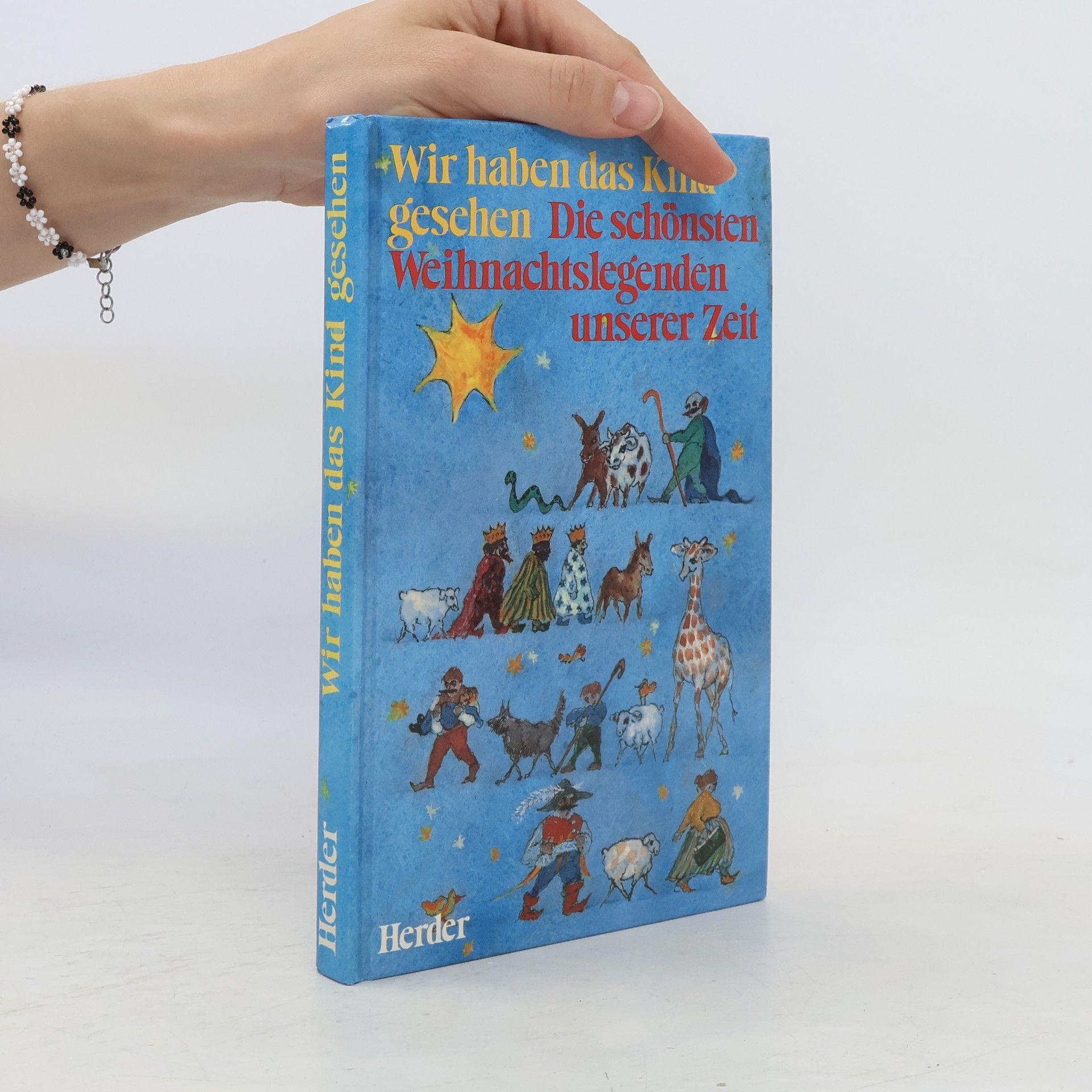
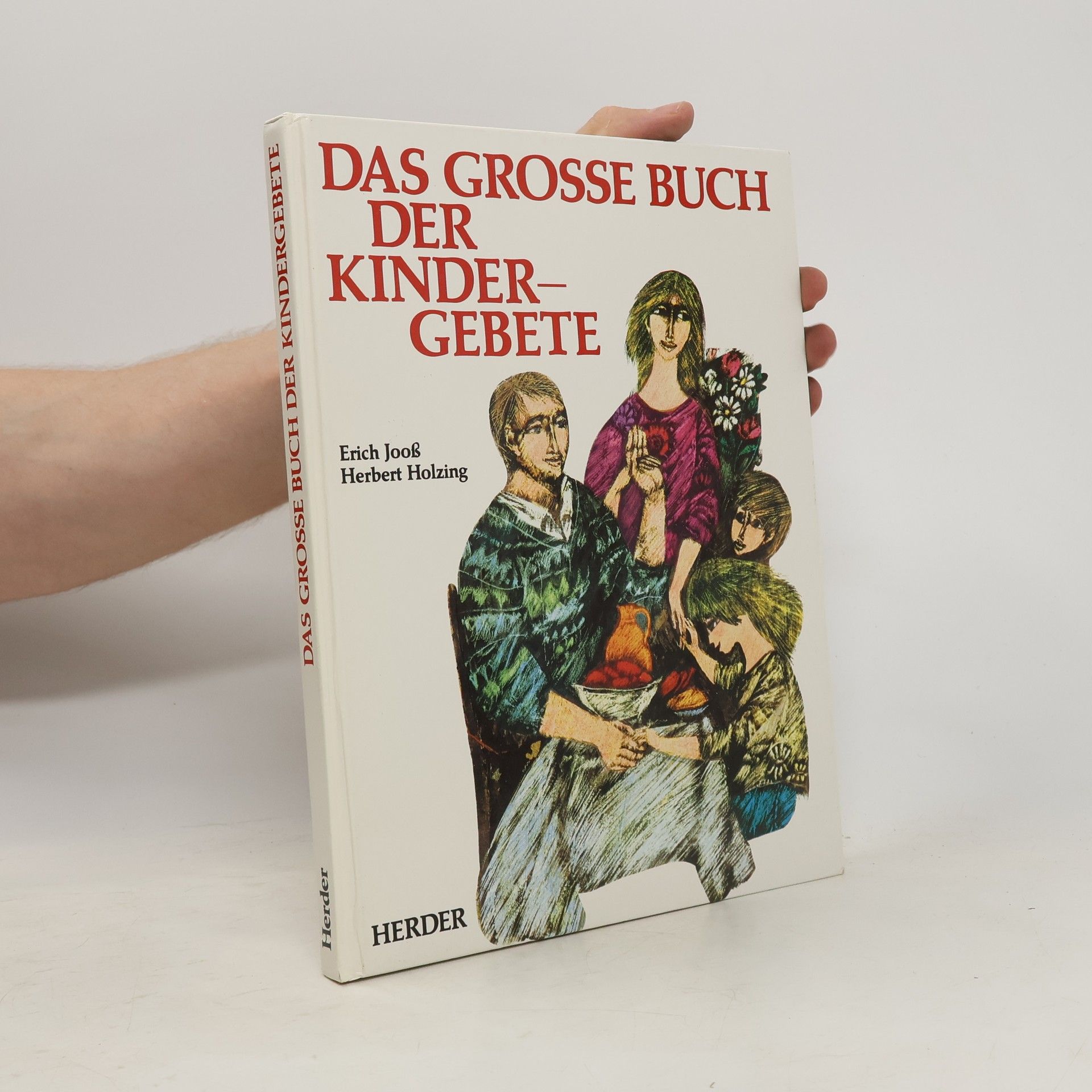
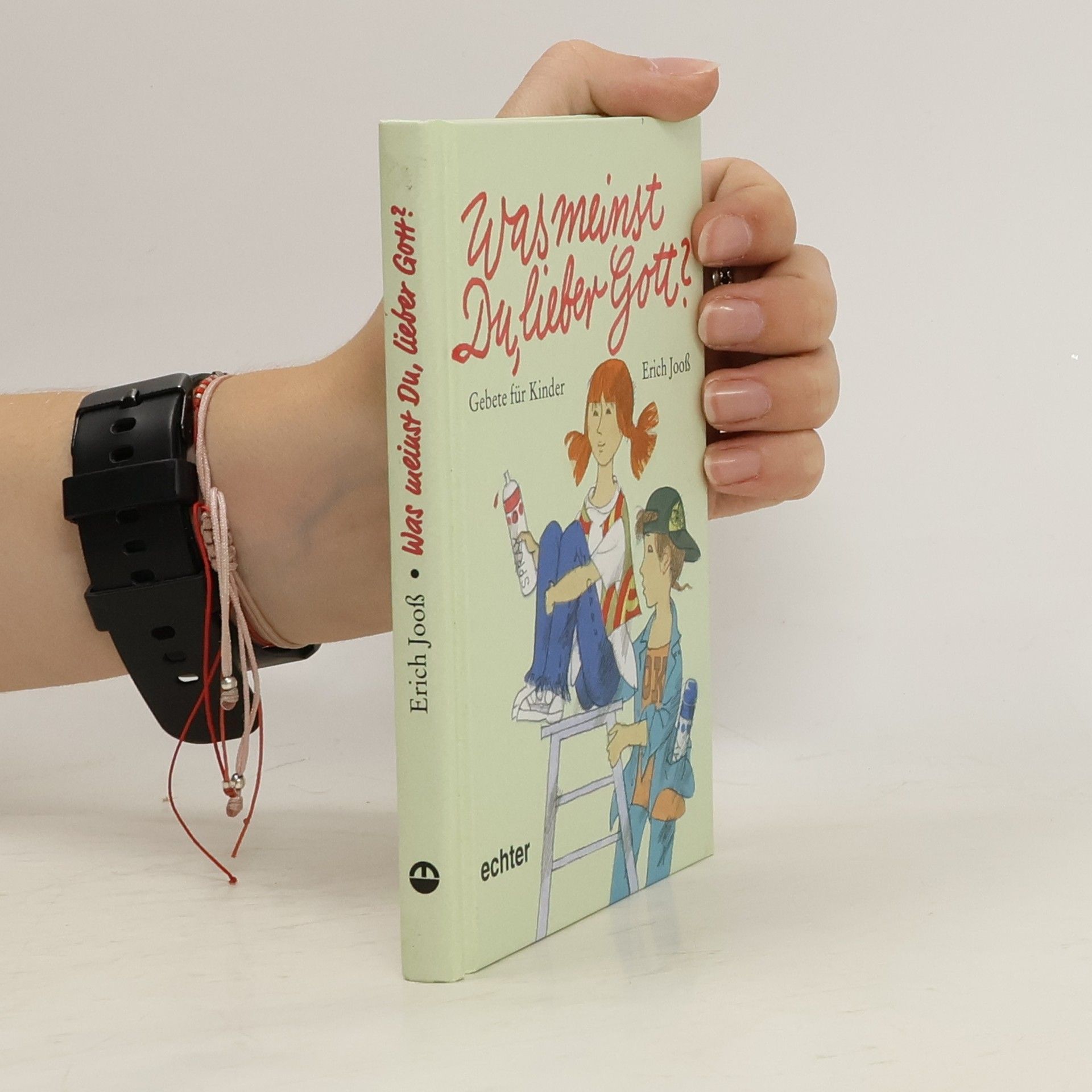
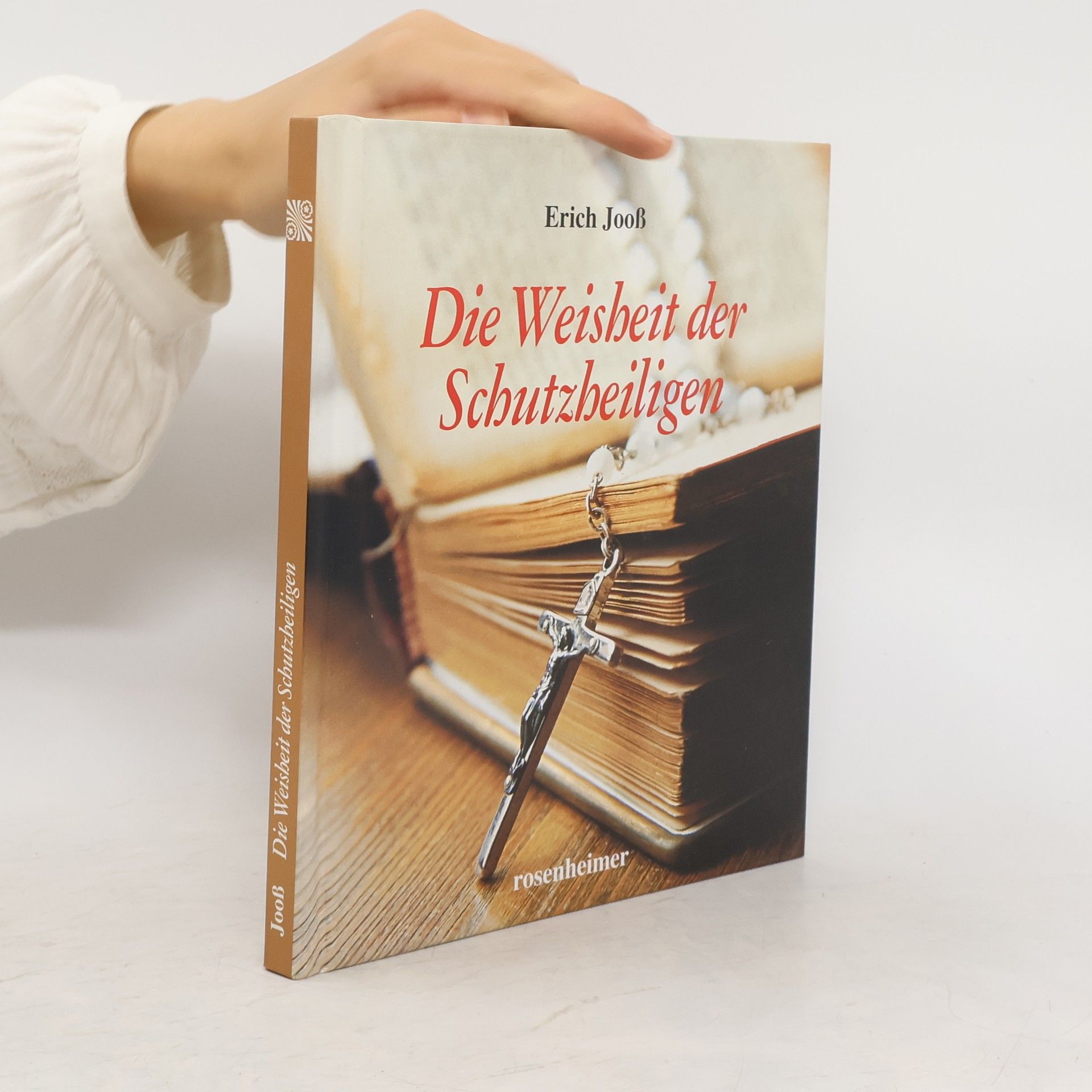


Die Weisheit des heiligen Franziskus
- 96 Seiten
- 4 Lesestunden
Das grosse Buch der Kindergebete
- 140 Seiten
- 5 Lesestunden
Geschichten von Hirten, Heiligen und Narren
- 319 Seiten
- 12 Lesestunden
Heilige; Legende; Lesestoff; Religionsunterricht; Vorlesen.
Der Sohn des mächtigen und von allen gefürchteten Häuptlings ist aus der Art geschlagen. Er möchte lieber in Frieden leben und durch sein Flötenspiel sprechen. Als Außenseiter verspottet zieht er allein durch die Wälder
